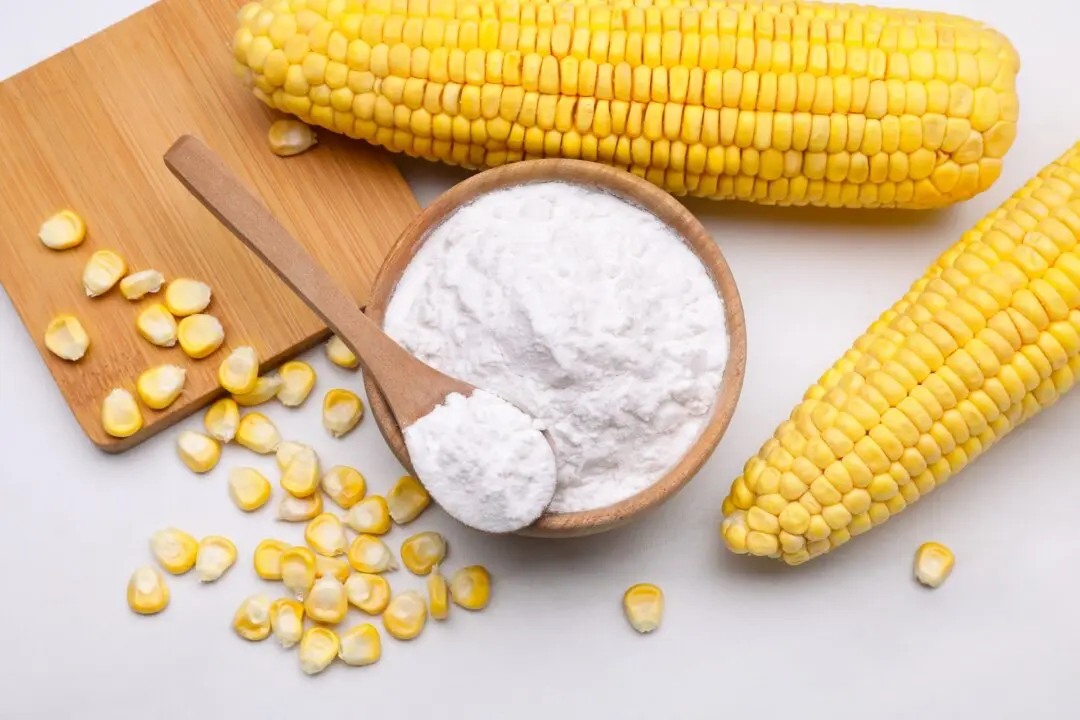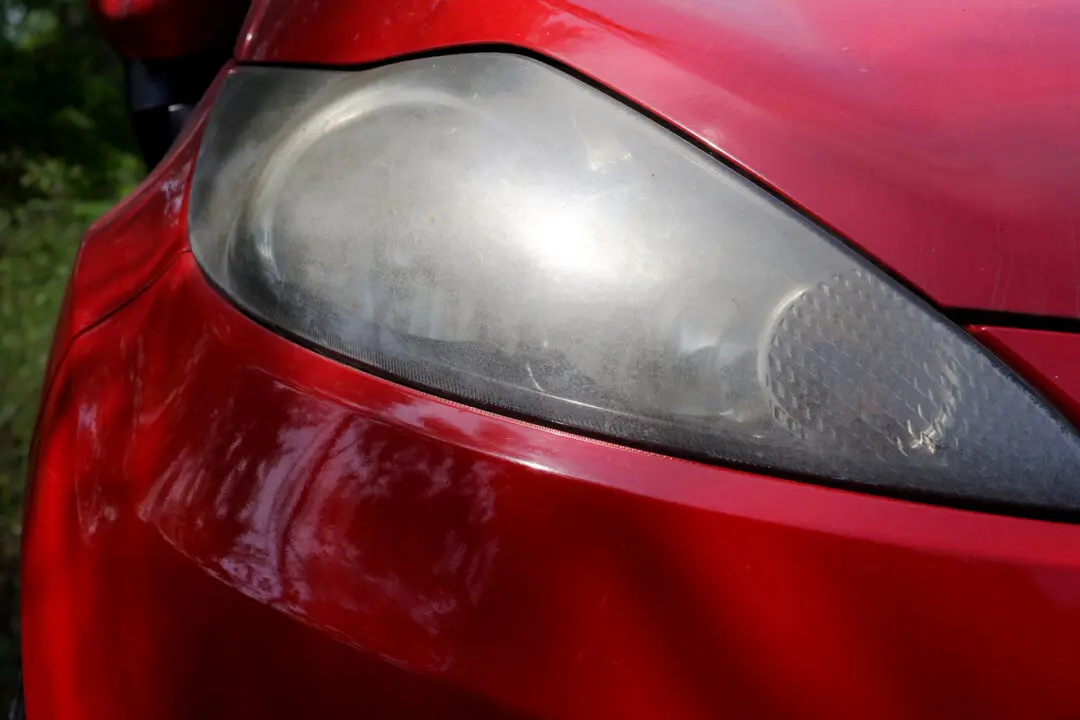Performing a deep clean on a coffee maker is important to extend its useful life and to ensure that you’re brewing the best-tasting coffee possible.
A buildup of hard water scale and rancid coffee oils in a coffee maker is to be expected. Allowing that buildup to remain (and multiply) can be very hard on the machine and make the coffee that comes from it turn stinky.





